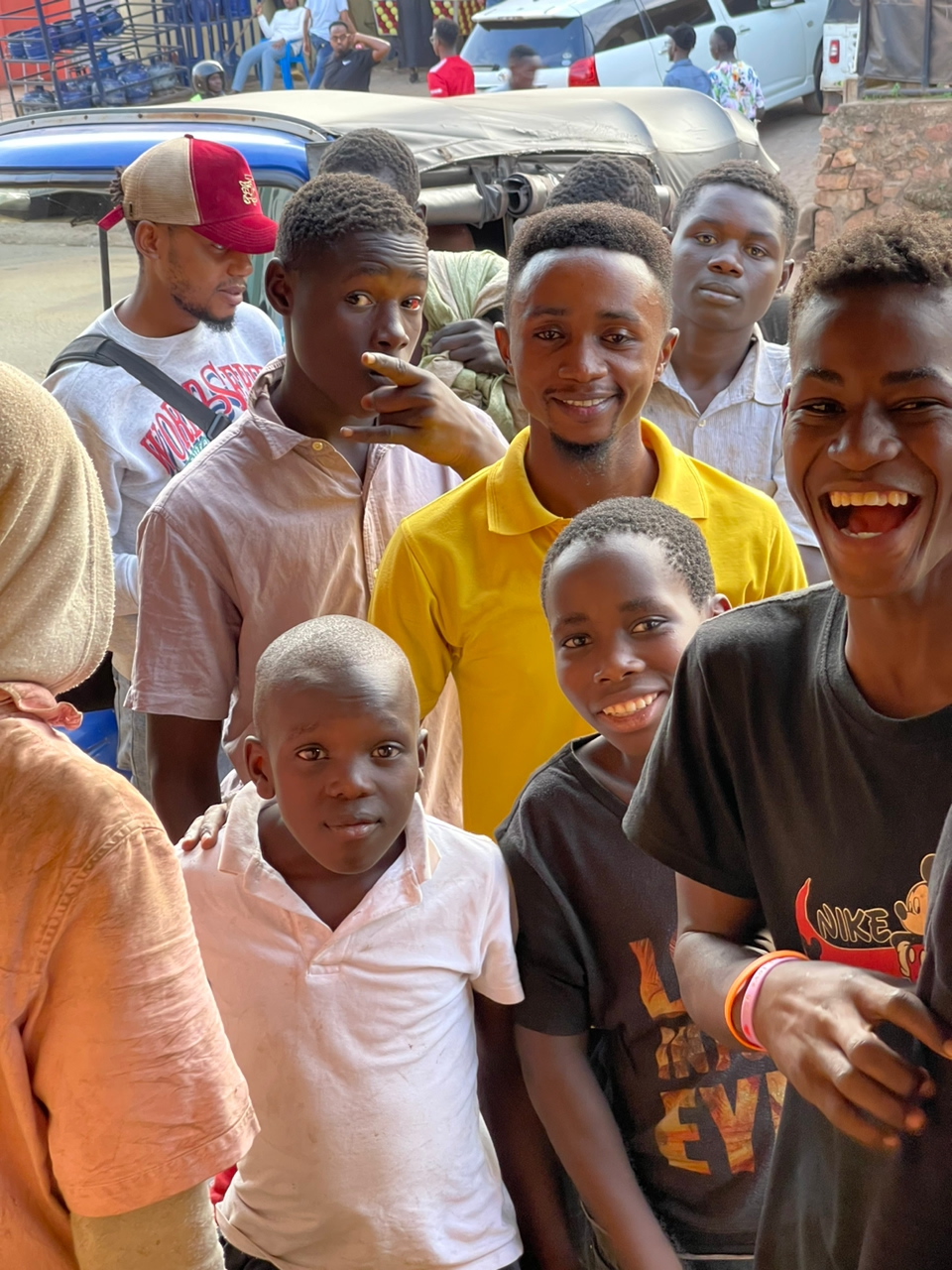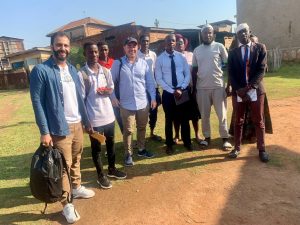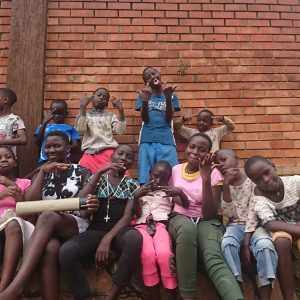Rescuing, Rehabilitation, and Re-settling Street Kids
In the heart of Uganda’s bustling cities, street children represent one of the most vulnerable populations. These children often face extreme poverty, neglect, and abuse, leading them to seek refuge on the streets. At Fecane Child Foundation, we are committed to rescuing, rehabilitating, and re-settling these children, offering them a chance for a better future. In 2023 alone, our team conducted 20 outreaches across several urban areas, reaching out to over 100 children in need. This blog post delves into the details of our efforts, the challenges we face, and the profound impact we strive to make in the lives of these children.



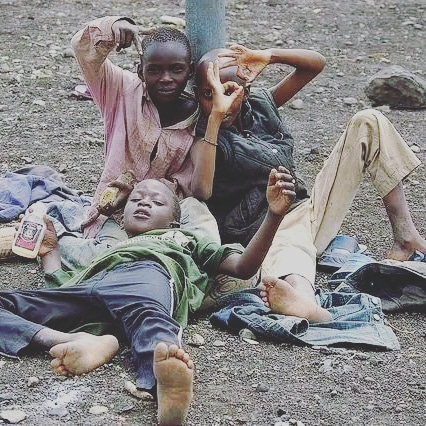
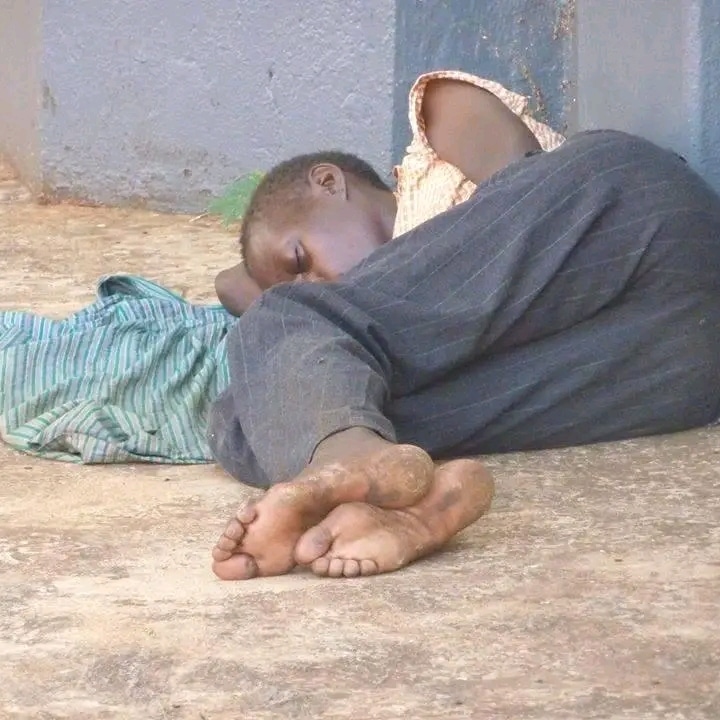
Chapter 1: Understanding the Plight of Street Children
The Harsh Realities of Street Life: Life on the streets is fraught with danger and uncertainty. Street children often lack access to basic necessities such as food, clean water, shelter, and healthcare. They are exposed to physical and emotional abuse, exploitation, and substance abuse. The constant struggle for survival leaves little room for hope or dreams of a better future.
The Root Causes: Several factors contribute to the growing number of street children in Uganda. These include extreme poverty, family breakdown, domestic violence, and lack of access to education. Many children are forced to flee their homes to escape abusive environments, only to face the harsh realities of street life.
The Impact on Society: Street children not only suffer personally but also impact the wider community. Their lack of education and opportunities perpetuates cycles of poverty and crime. Addressing the plight of street children is not just a moral imperative but also a social and economic necessity.
Chapter 2: The Outreach Program
The Purpose of Outreaches: Our outreach program aims to identify and connect with street children, offering them immediate assistance and long-term support. Through these outreaches, we provide essential services and build trust with the children, encouraging them to consider leaving street life behind.
Areas Covered: In 2023, we conducted 20 outreaches in areas known for high concentrations of street children, including Kisenyi, Kamwokya, Kawempe, Bwaise, Nsambya, Katanga, and Kalerwe. Each area presents unique challenges and requires tailored approaches to effectively reach and support the children.
Activities During Outreaches: During each outreach, our team engages in a variety of activities designed to address the immediate and long-term needs of street children. These activities include:
- Sensitization: We educate children about the dangers of street life and the opportunities available through our programs. This involves interactive sessions where children can ask questions and express their concerns.
- Counseling: Trained counselors provide one-on-one and group counseling sessions to help children cope with trauma and build resilience. These sessions are crucial in gaining the children’s trust and understanding their individual needs.
- Praying for the Children: We offer spiritual support to the children, recognizing the role of faith in providing hope and strength. Our team leads prayers and encourages children to find solace in their beliefs.
- Provision of Basic Needs: We distribute food, clean water, clothing, and hygiene supplies to address the immediate needs of the children. This not only helps them survive but also shows them that there are people who care about their well-being.
- Health Care Services: Access to medical care is a critical component of our outreaches. We provide basic health check-ups, treatments, and referrals to hospitals for more serious conditions.
- Water and Sanitation: Ensuring access to clean water and proper sanitation is vital for the health of street children. We provide portable water purification systems and educate the children on hygiene practices.
- Shelter: We offer temporary shelter to children who are ready to leave the streets. This provides a safe space where they can begin the process of rehabilitation.
- Education and Information: Education is key to breaking the cycle of poverty. We provide educational materials and information about schooling options, encouraging children to return to education.
- Child Protection: Protecting children from abuse and exploitation is a top priority. We work with local authorities to ensure the safety and rights of the children are upheld.
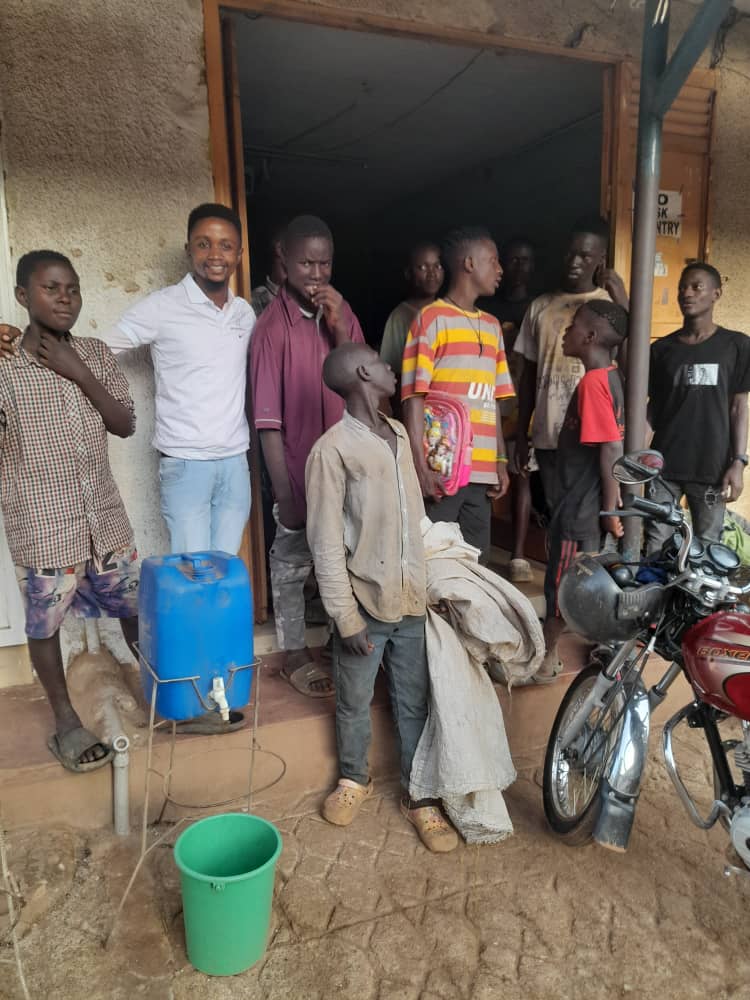
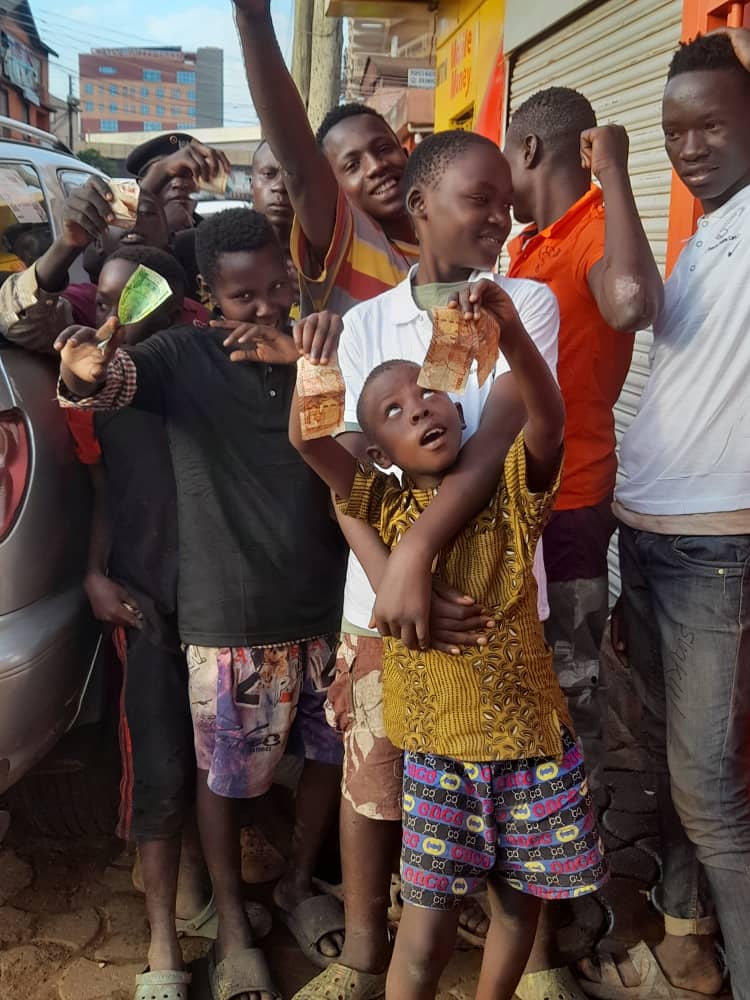

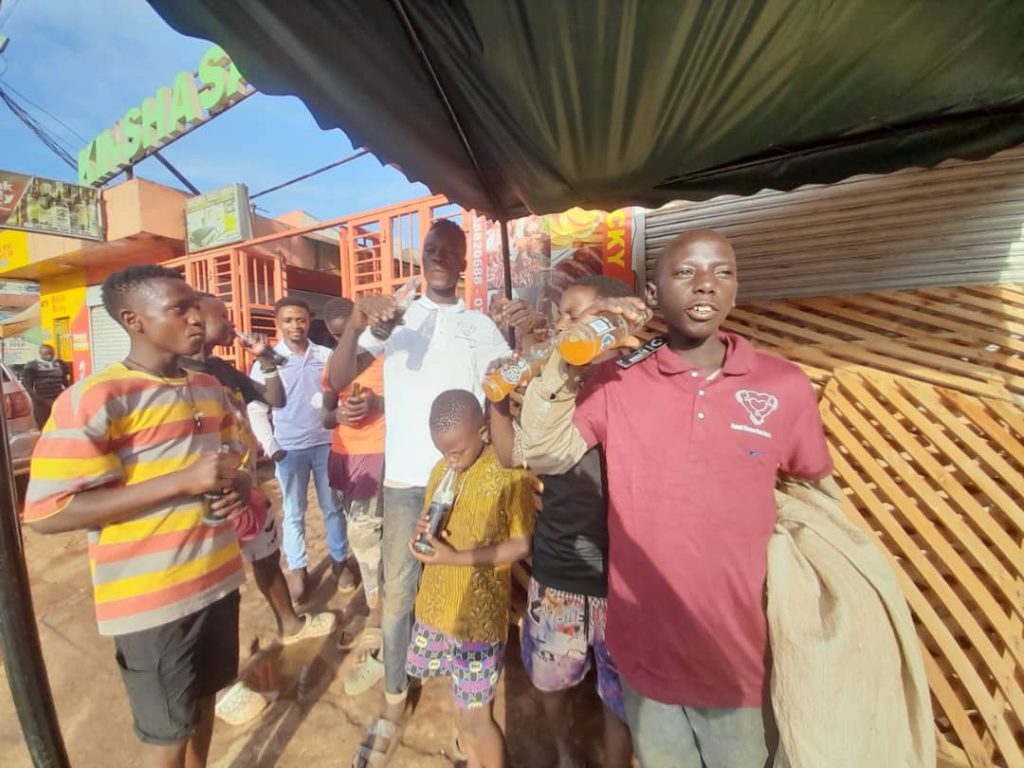
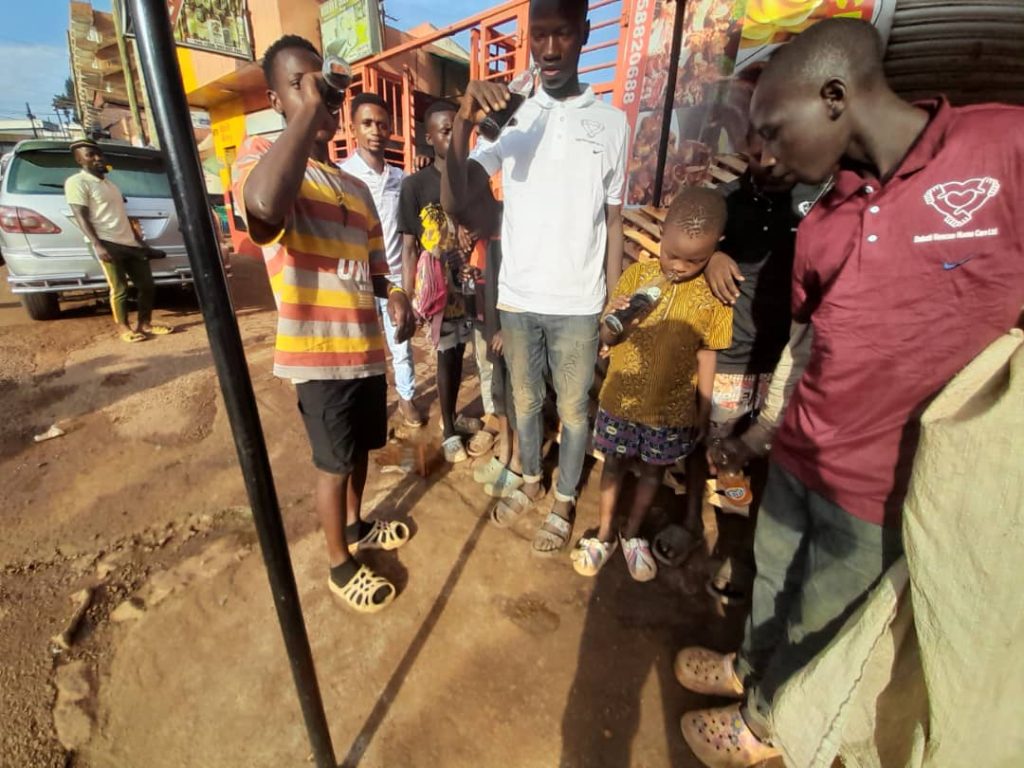
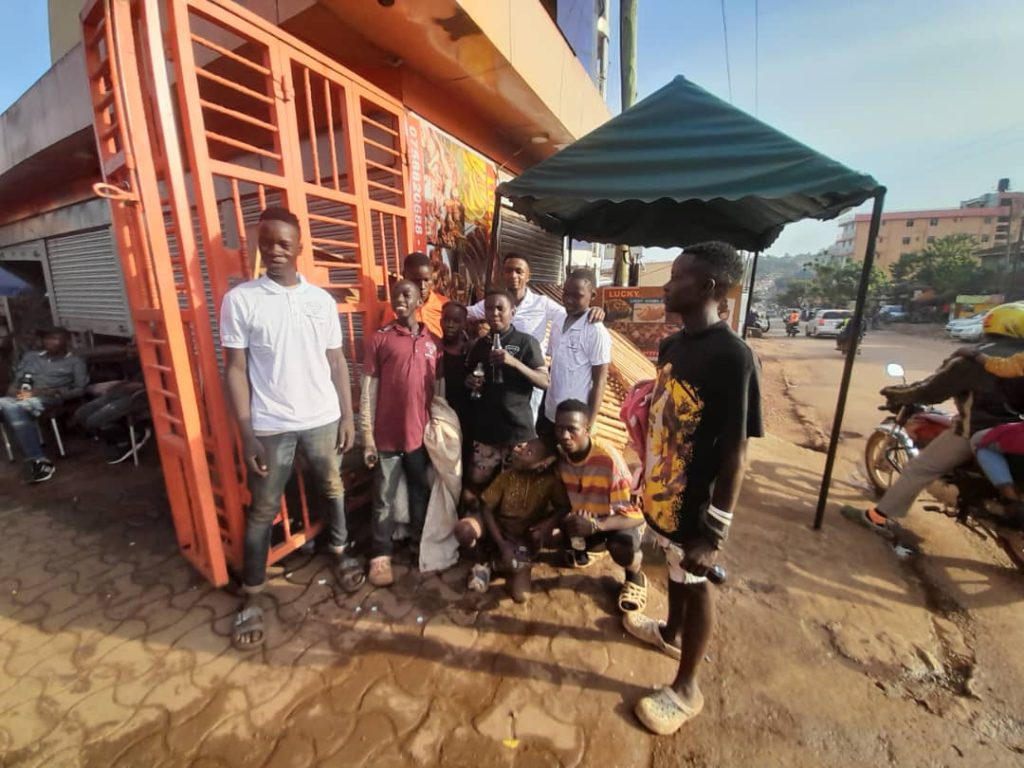

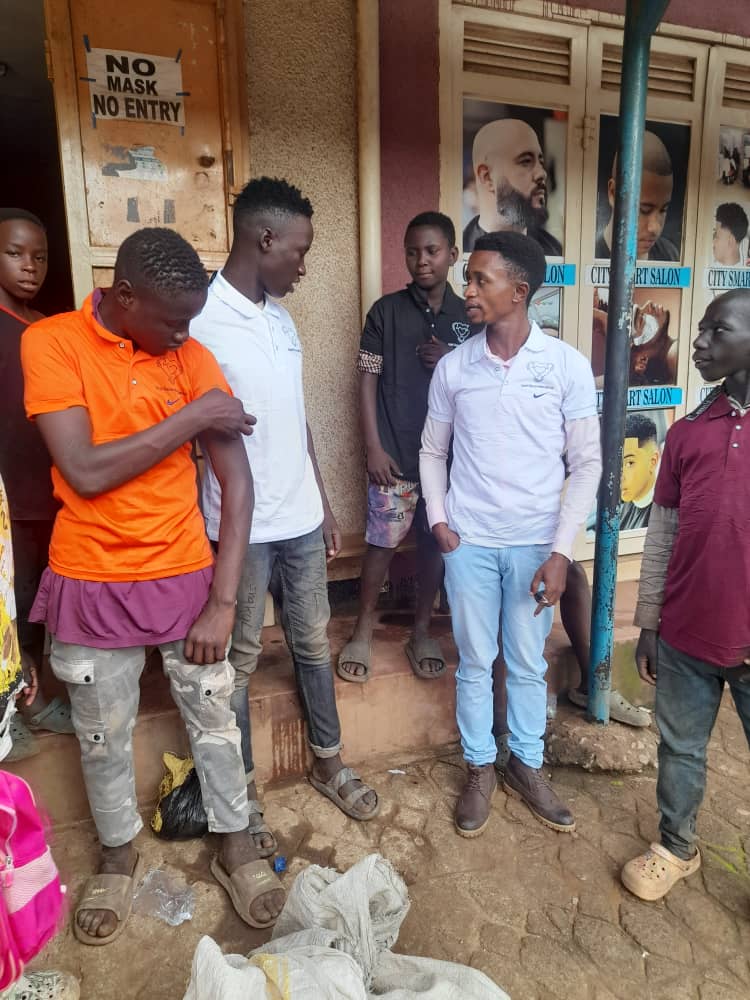
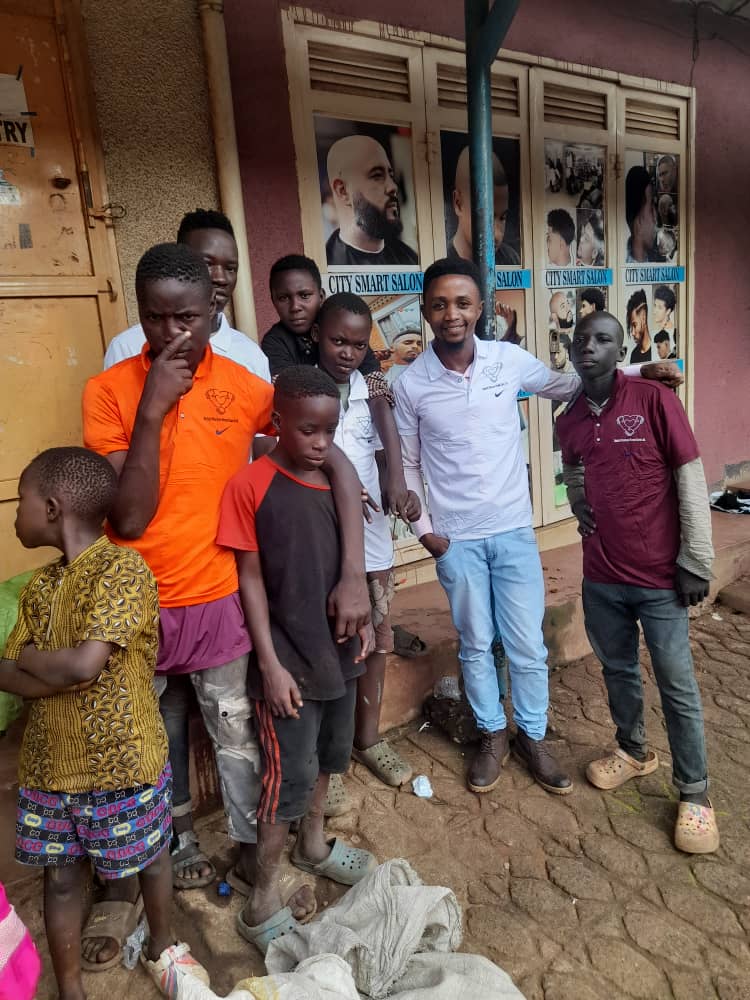
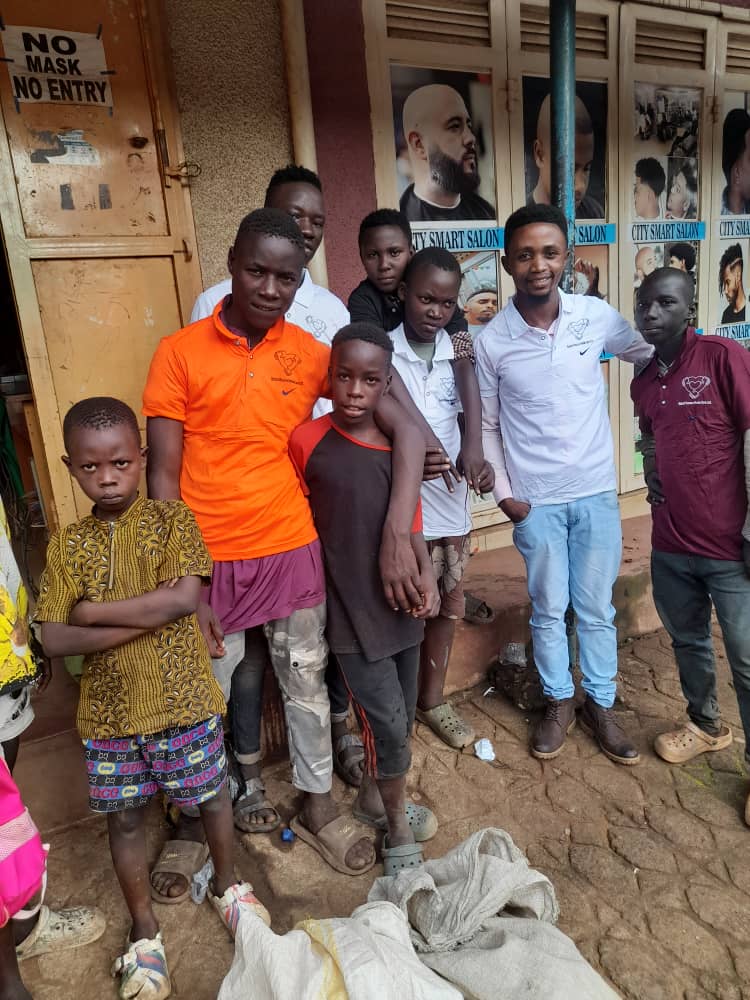
Chapter 3: The Rehabilitation Process
Establishing Trust: The first step in rehabilitation is establishing trust with the children. This requires consistent and compassionate engagement, showing them that we genuinely care about their well-being and future.
Temporary Centre: Our temporary centre serves as a haven for rescued children. Here, they receive comprehensive support, including medical care, counseling, education, and recreational activities. The goal is to provide a stable environment where they can heal and grow.
Comprehensive Care: Rehabilitation involves addressing the physical, emotional, and psychological needs of the children. This includes medical treatments, trauma counseling, life skills training, and educational support.
Family Tracing and Reunification: Whenever possible, we work to trace the families of the children and facilitate reunification. This involves joint counseling sessions with the children and their families, addressing the issues that led to the child leaving home.
Life Skills Training: Equipping children with life skills is essential for their long-term success. We provide training in areas such as communication, problem-solving, financial literacy, and vocational skills.
Educational Support: Education is a cornerstone of our rehabilitation efforts. We enroll children in local schools or provide alternative educational programs tailored to their needs. Our goal is to help them catch up on missed education and pursue their academic goals.
Chapter 4: The Re-settlement Process
Gradual Reintegration: Re-settling children involves gradually reintegrating them into their families and communities. This process is carefully managed to ensure the children are supported and safe.
Continuous Support: Re-settlement does not mark the end of our support. We continue to monitor the children’s progress, provide ongoing counseling, and offer assistance with schooling and vocational training.
Community Involvement: Engaging the community is crucial for successful re-settlement. We work with local leaders, schools, and organizations to create a supportive environment for the children.
Success Stories: Many children have successfully transitioned from street life to stable, fulfilling lives. Their stories of resilience and transformation inspire us to continue our work and reach even more children in need.
Chapter 5: Challenges and Solutions
Challenges: Rescuing, rehabilitating, and re-settling street children is fraught with challenges. These include:
- Trust Issues: Building trust with children who have experienced trauma and abuse can be difficult.
- Limited Resources: Providing comprehensive care and support requires significant resources.
- Family Issues: Reuniting children with their families can be complex, especially when the home environment is not conducive to the child’s well-being.
- Social Stigma: Street children often face stigma and discrimination from the community.
Solutions: To overcome these challenges, we employ several strategies:
- Consistent Engagement: Regular and compassionate engagement helps build trust with the children.
- Resource Mobilization: We continuously seek support from donors, partners, and volunteers to ensure we have the resources needed to provide comprehensive care.
- Family Counseling: We offer joint counseling sessions to address underlying family issues and prepare both the child and their family for reunification.
- Community Education: We work to raise awareness and reduce stigma through community education programs.
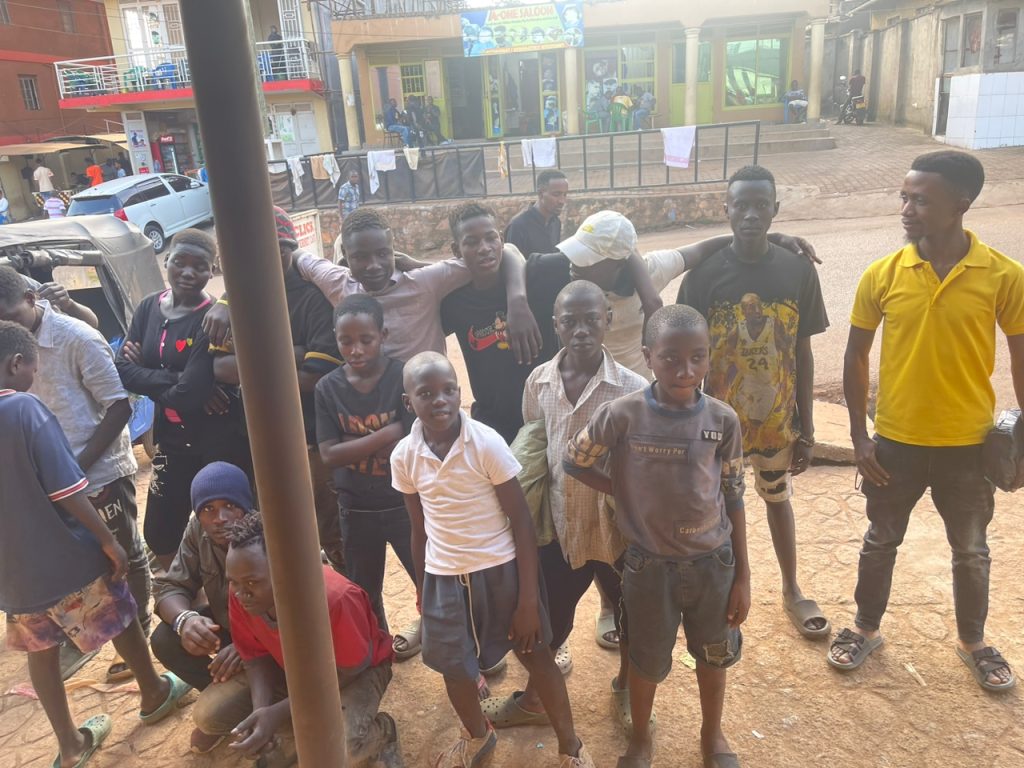

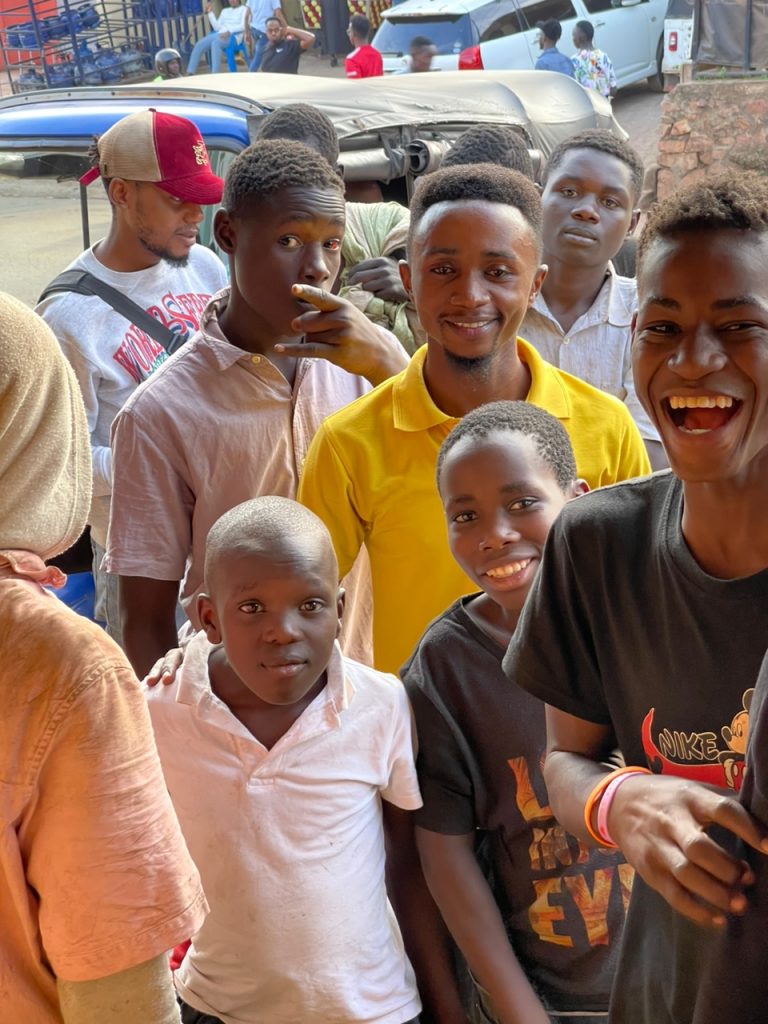
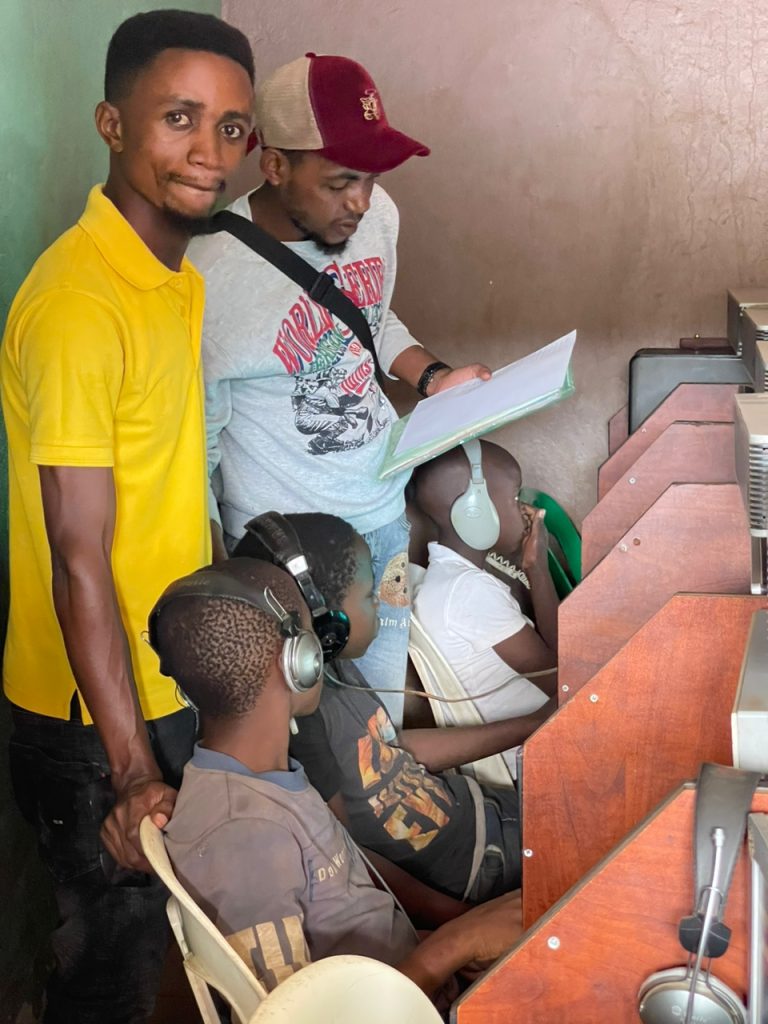
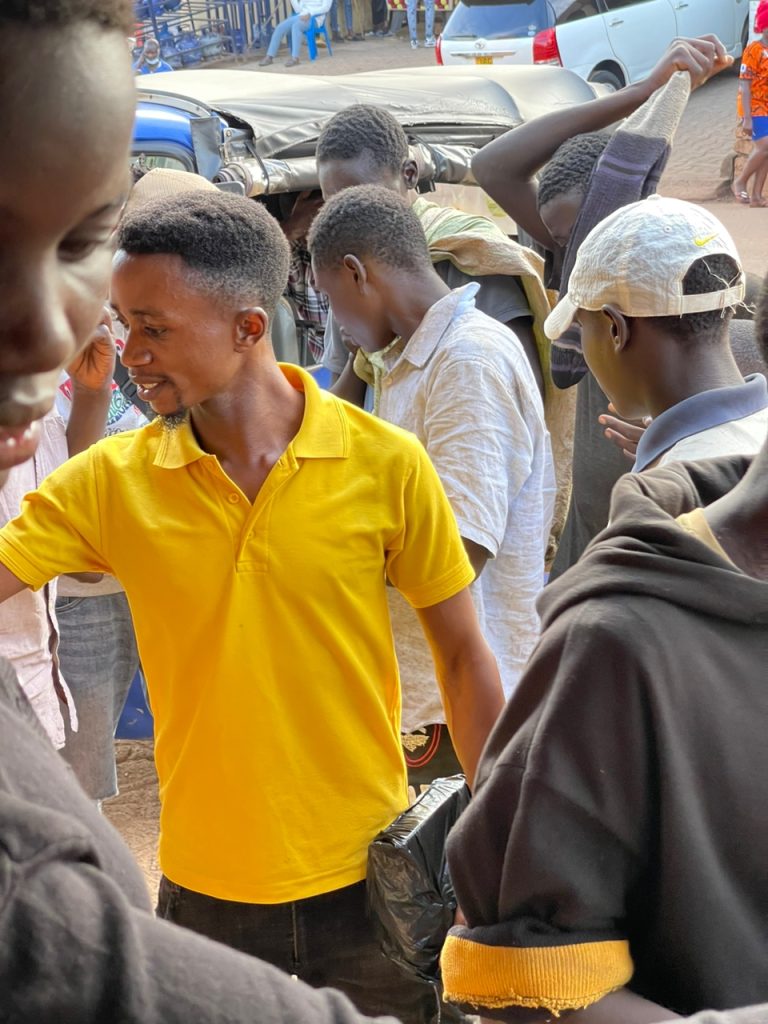
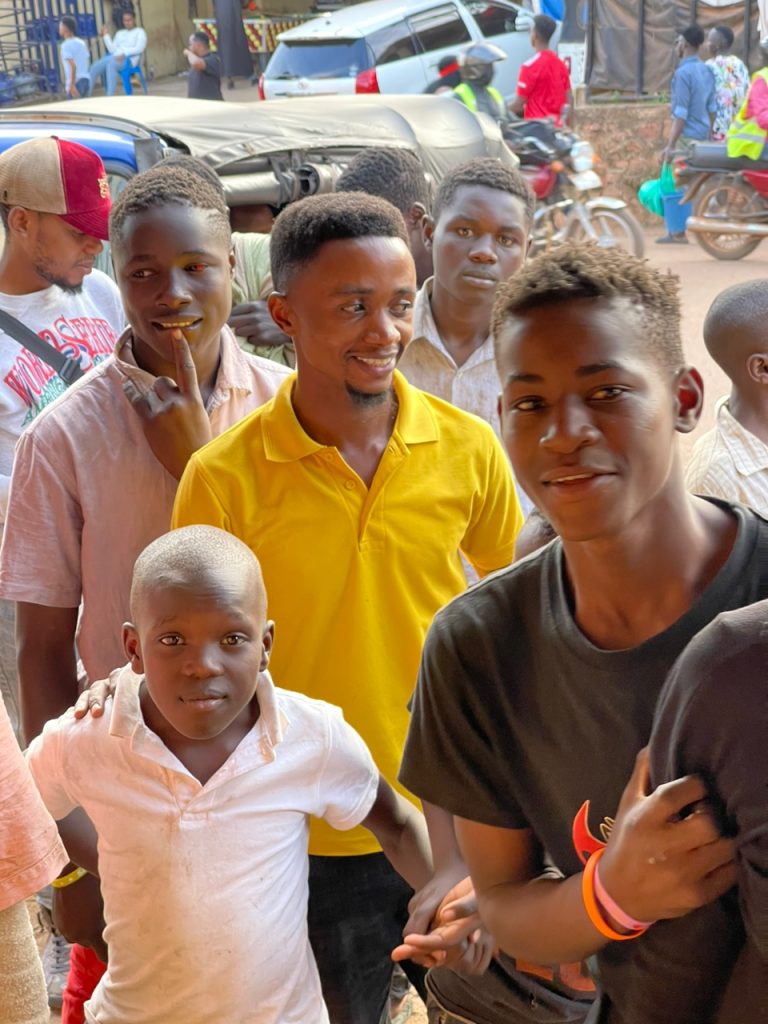
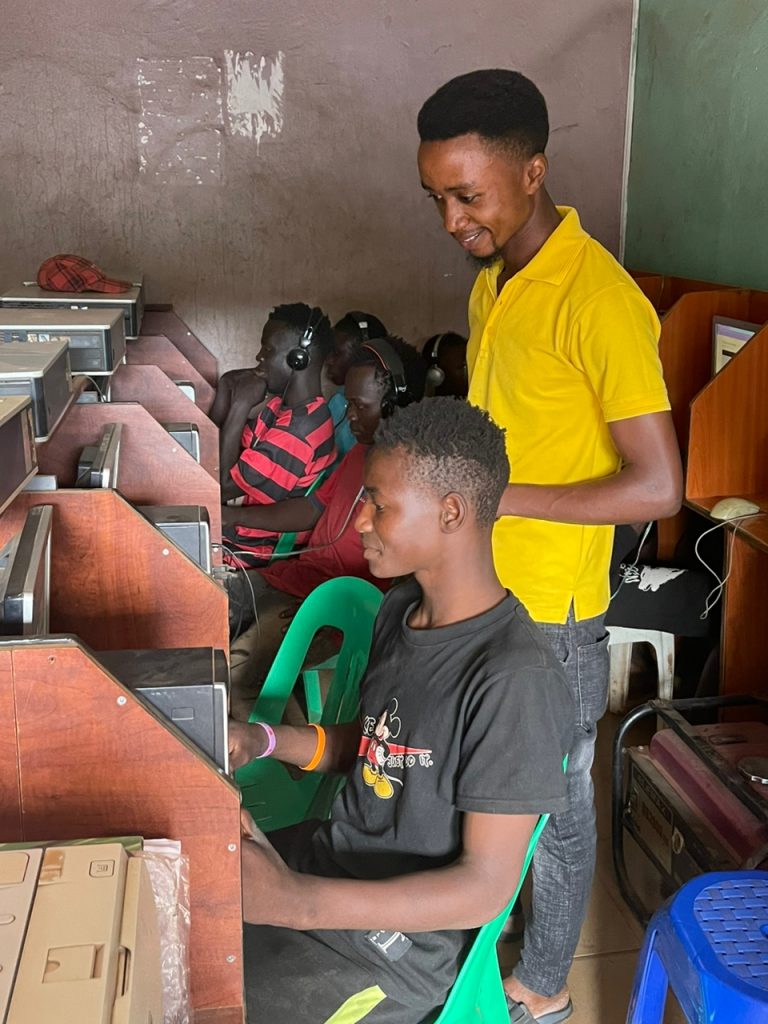
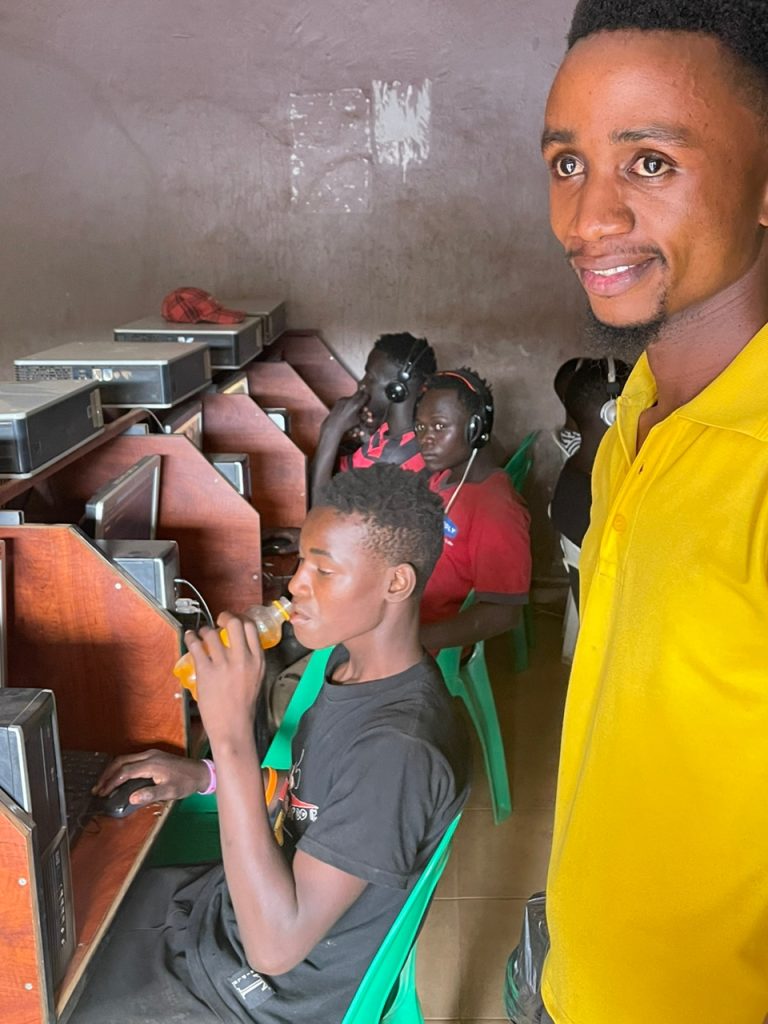
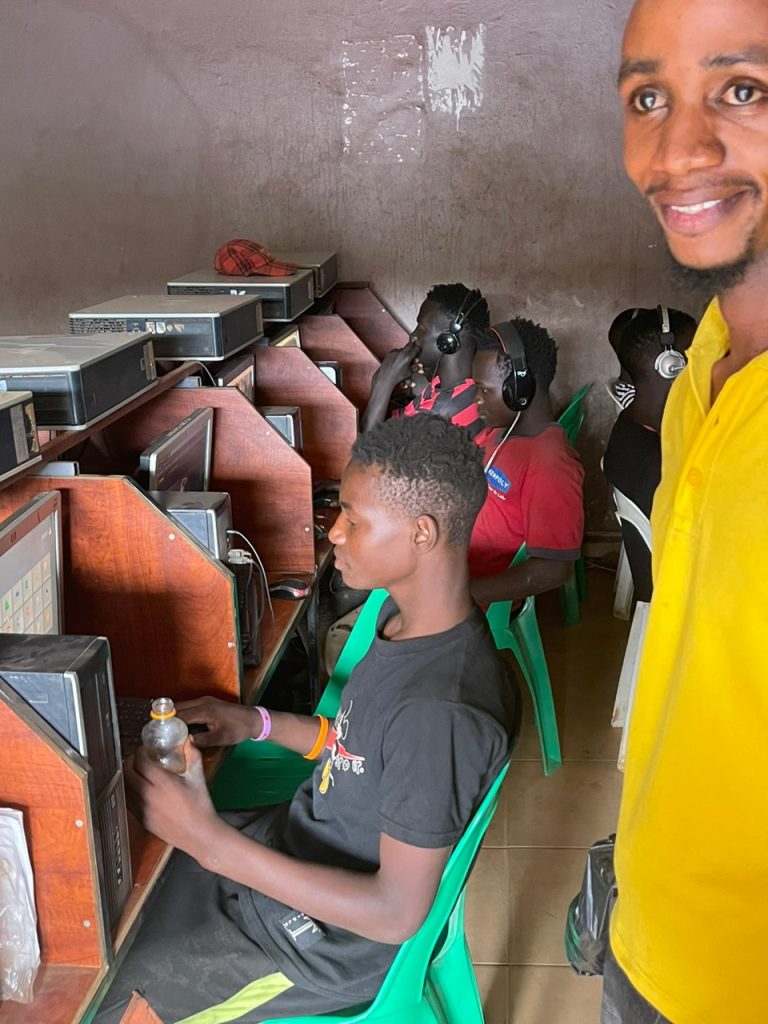
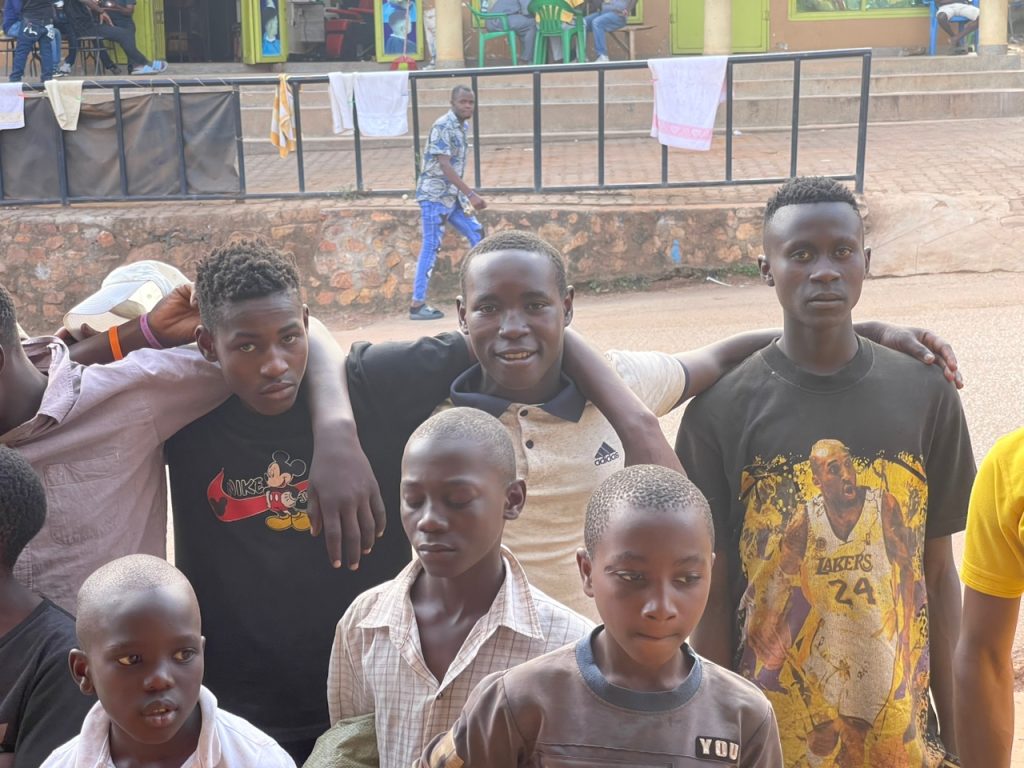
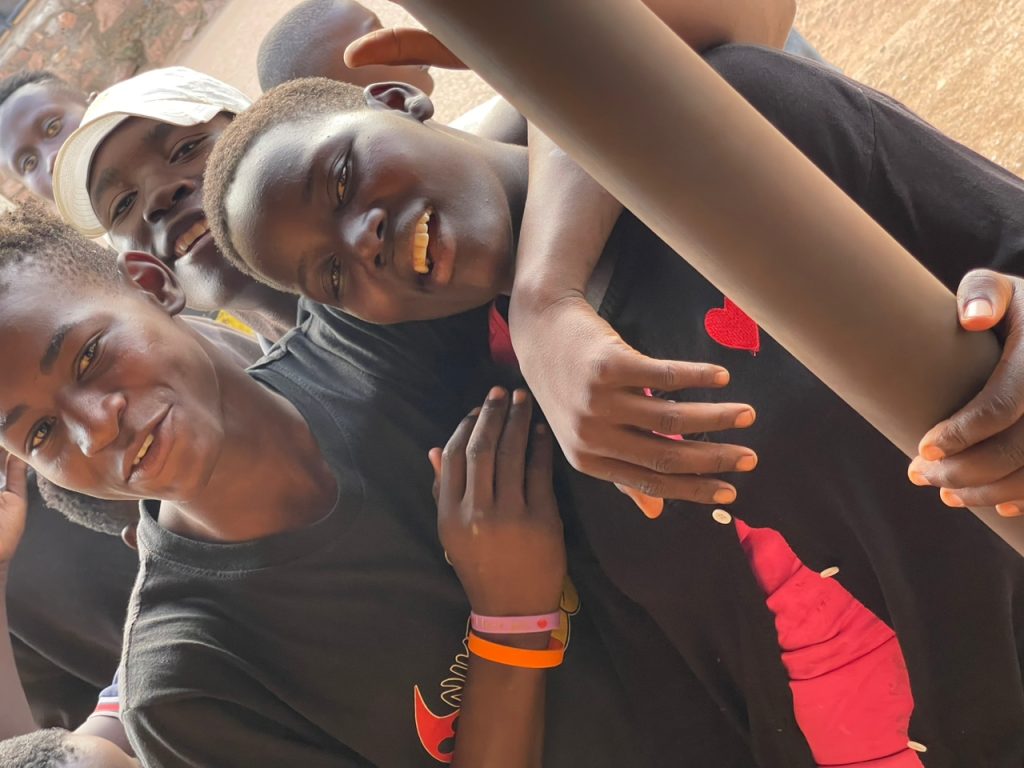
Chapter 6: The Impact of Our Work
Quantitative Impact: In 2023, our outreach program reached over 100 children, with at least 2 children rescued or referred per outreach. This translates to a minimum of 40 children rescued and referred for further support throughout the year.
Qualitative Impact: The qualitative impact of our work is reflected in the transformed lives of the children we support. From improved health and well-being to educational achievements and personal growth, the benefits of our programs are profound and far-reaching.
Chapter 7: The Way Forward
Expansion of Programs: We aim to expand our outreach and rehabilitation programs to reach more children in need. This includes increasing the number of outreaches and enhancing the services provided at our temporary centre.
Strengthening Partnerships: Collaborating with local and international partners is key to scaling our impact. We seek to strengthen existing partnerships and forge new ones to support our mission.
Advocacy and Awareness: Raising awareness about the plight of street children and advocating for their rights remains a priority. We will continue to engage in advocacy efforts to influence policies and practices that benefit vulnerable children.
The journey of rescuing, rehabilitating, and re-settling street children is a challenging but incredibly rewarding endeavor. At Fecane Child Foundation, we are committed to transforming the lives of these children and providing them with the support they need to thrive. However, we cannot do it alone. We need the support of individuals, organizations, and communities to make a lasting impact.

